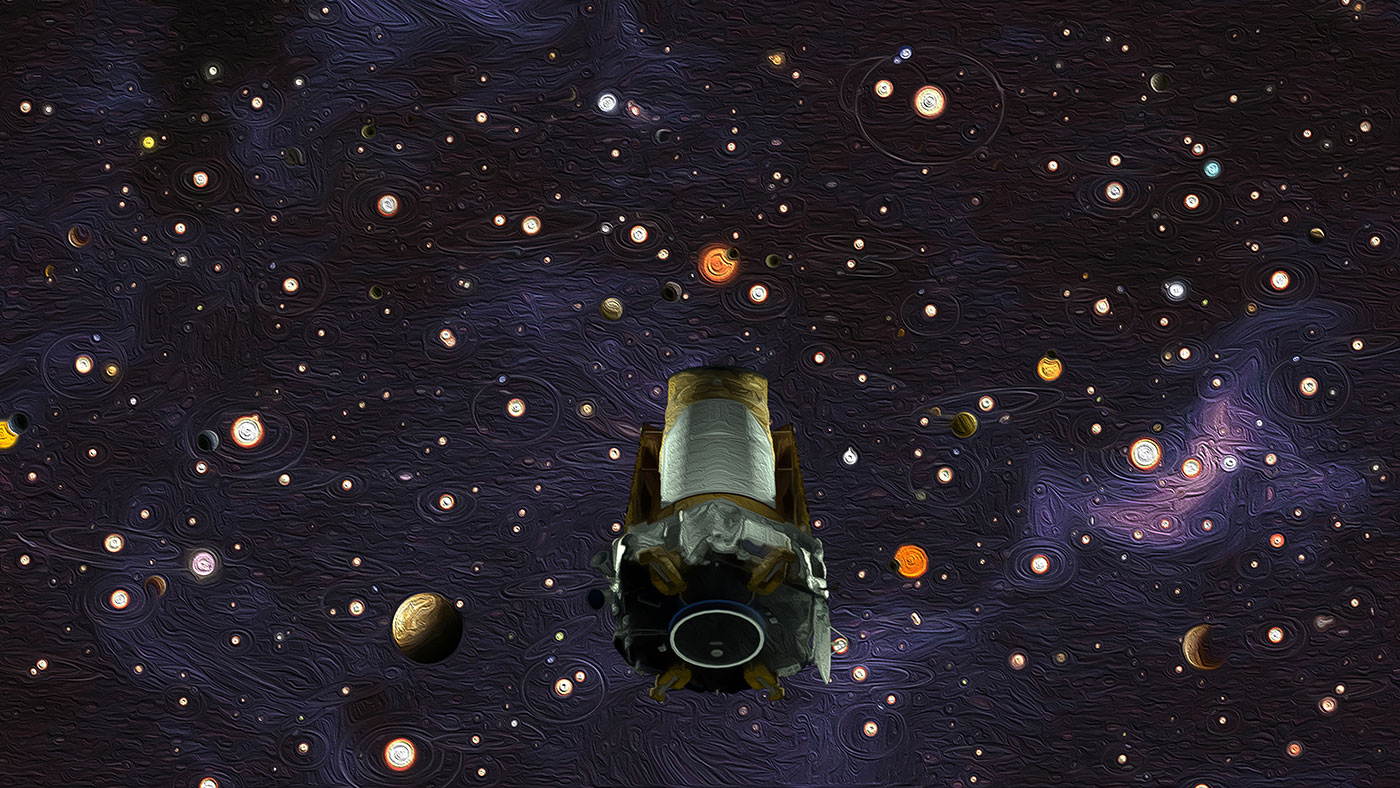
NASA has retired the Kepler Space Telescope after nine years of successful operation which saw the telescope identify over 2,600 planets outside our solar system.
The telescope’s retirement comes after the space craft ran out of fuel which is required to conduct scientific experiments.
Kepler launched on March 6th 2009 and was fitted with the largest digital camera created at the time.
Thomas Zurbuchen, associate administrator of NASA’s Science Mission Directorate in Washington, commented in a released statement that: “As NASA’s first planet-hunting mission, Kepler has wildly exceeded all our expectations and paved the way for our exploration and search for life in the solar system and beyond.”
“Not only did it show us how many planets could be out there, it sparked an entirely new and robust field of research that has taken the science community by storm. Its discoveries have shed a new light on our place in the universe, and illuminated the tantalizing mysteries and possibilities among the stars.”
The data created by the Kepler Space Telescope has deepened our understanding of stars and planets outside of our solar system. Scientists studying Kepler’s data are charting the history of the Milky Way galaxy and gaining new insights to how fast the universe is expanding.
Kepler Space Telescope
Kepler founding principal investigator William Borucki commented that: “When we started conceiving this mission 35 years ago, we didn’t know of a single planet outside our solar system”
“Now that we know planets are everywhere, Kepler has set us on a new course that’s full of promise for future generations to explore our galaxy.”
See Also: UK to Get First Spaceport: Expected Boost for Tech Industry
A key finding of the Kepler Telescope is that 20 to 50 percent of the stars visible to us from Earth do contain planets that are a similar size to our own and are at a distance from their star that the pooling of liquid water is possible on their surface.
“We know the spacecraft’s retirement isn’t the end of Kepler’s discoveries,” said Jessie Dotson, Kepler’s project scientist at NASA’s Ames Research Center in California’s Silicon Valley.
“I’m excited about the diverse discoveries that are yet to come from our data and how future missions will build upon Kepler’s results.”






